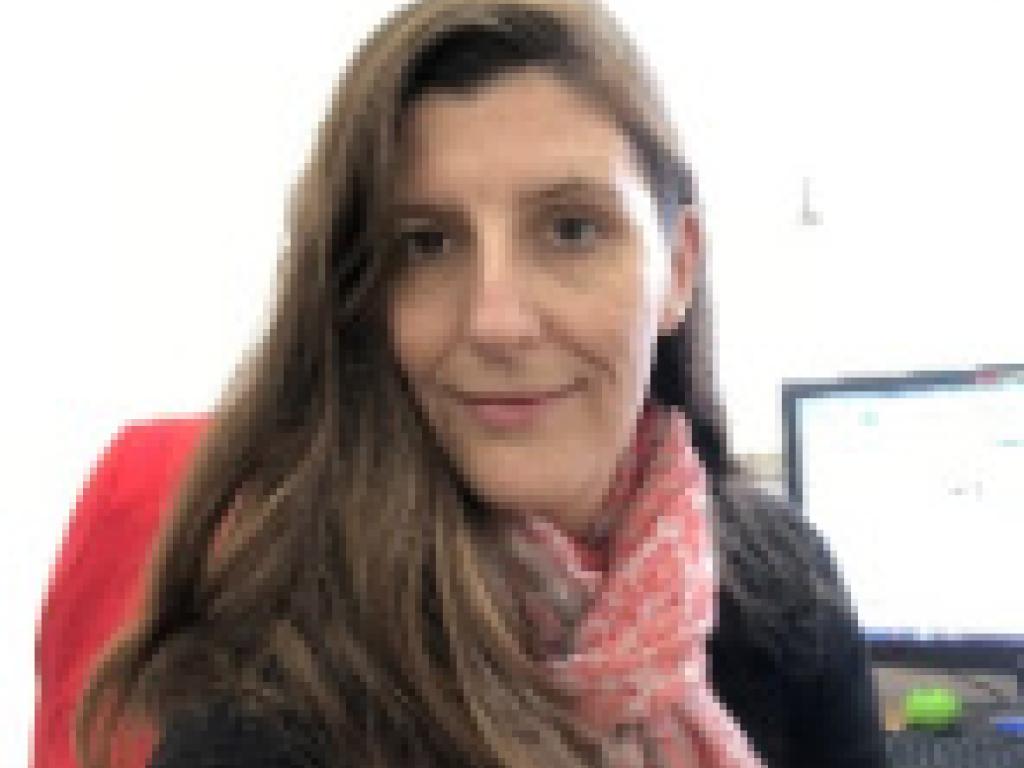New horizons, future collaborations: connecting the hemispheres in Neuroscience Research

After six wonderful years as a Lecturer in Neuroimaging at the UCT Department of Psychiatry and Mental Health – and about 65 publications later – Dr. Samantha Brooks is looking ahead to joining the bright lights of Liverpool UK, later this year. Dr. Brooks will commence a tenure- track Senior Lectureship position in Cognitive Neuroscience, in her home country, at Liverpool John Moores University (LJMU), where she will contribute to setting up the ground-breaking new MSc Neuroscience course in the School of Natural Sciences and Psychology, starting in September 2019. Dr. Brooks will also be involved in LJMU’s popular, long-running BSc (Hons) Psychology course (with graduate basis for registration of the British Psychological Society), to provide some of the up-coming students with a taste of neuroscience and research methods.
“I’m really excited about the opportunity to join Liverpool John Moores University,” Dr. Brooks says, from her top-floor office in Groote Schuur Hospital with a sweeping view looking Northwards over the docks and out to sea. “It will give me further scope to work with students to develop their skills in neuroscience and research methods, and to mentor on writing and publishing, which is important because a career in neuroscience is really competitive. Gaining a paper or three during one’s Honours and Master’s studies can make it that much easier to secure a place on a PhD programme.”

Dr. Brooks has been spending the last six years in Cape Town, not only having fun climbing our towering mountains, but also mentoring students on how to conduct brain imaging studies using techniques such as Voxel-based morphometry and functional Magnetic Resonance Imaging (MRI). “My experience of the amazing students here at UCT has really prepared me well for my next endeavors,” Dr. Brooks recalls, “I have been extremely fortunate to work with some exceptional students at UCT who have learned the complex approaches to non-invasive, computerized brain measurement very quickly.”
Dr. Brooks has also been impressed by the thirst for progress and knowledge that UCT students possess: “Most of my students – Honours, Masters, Doctoral and medical intercalated – have gained publications with me in high impact journals such as Neuroimage and the British Journal of Psychiatry. Gaining publications and learning the skills of the trade will put UCT Neuroscience scholars at the forefront of international research”.
Among other studies, Dr. Brooks and her students have gained interesting MRI data on the feasibility, efficacy and neural mechanisms of novel adjuncts to treatment for substance use addictions (e.g. “tik”, otherwise known as methamphetamine, which is
prevalently misused in the Western Cape). “My students and I have made great strides together in designing and implementing statistical models to analyses novel adjuncts to treatment for addiction and common comorbidities – one such adjunct, available on the iStore, is “Curb Your Addiction (C-Ya)” – which led to some exciting preliminary brain imaging findings.” Dr. Brooks and her students found that if patients being treated for methamphetamine misuse engaged in 4-weeks of C-Ya training, a bilateral mid-brain region known as the basal ganglia was significantly larger, which linked to improvements in impulsivity and self-regulation. “The research is still in its infancy, but my students and I are pushing ahead, and we hope together to develop cost-effective, neuroscience-evidence-based ways to tackle the huge problem of addiction in South Africa and in the UK.”
With the establishment of UCT’s Neuroscience Institute, and the exciting, ground-breaking of the new Neuroscience Centre, soon to open its doors to pioneering researchers, Dr. Brooks plans to use her recently acquired Permanent Residency in South Africa to build international collaborations between UK, Sweden and South Africa, so that students can further their research using emerging brain imaging techniques. “My new colleagues at LJMU are experts in functional Near Infra-Red Spectroscopy (fNIRS), an imaging technique that uses photons to excite and record neuronal activity outside the MRI environment. Learning this technique will
enable UCT students to probe questions about brain activation that are currently difficult when relying on MRI alone.”
Additionally, Dr. Brooks collaborates and publishes with colleagues in Sweden who are experts in genetic neuroimaging, and who have access to the world-famous large population databases such as the Prospective Investigation of the Vasculature of Uppsala Seniors (PIVUS). “One of my UCT Masters students is planning to spend a few months at Uppsala University in Sweden later in the year, to conduct some brain imaging projects in line with the large-scale Swedish population databases, which will be an excellent opportunity to engage in high-tech data- analysis.”
Dr. Brooks believes that with her student WhatsApp groups, Skype meetings and online sharing of data and video presentations, solid bridges can be built between her on-going projects in the Southern Hemisphere in Cape Town and new ventures in the Northern Hemisphere in Liverpool and Sweden. “I’m not going to start emulating Prof Roger Sperry any time soon”, Dr. Brooks quips with a smile, “It is rather my intention to strengthen neuroplasticity between hemispheres, not severe them – although it would be great to win a Nobel Prize like him one day!”
To keep up to date with Dr. Brooks’ work, please visit: www.drsamanthabrooks.com
